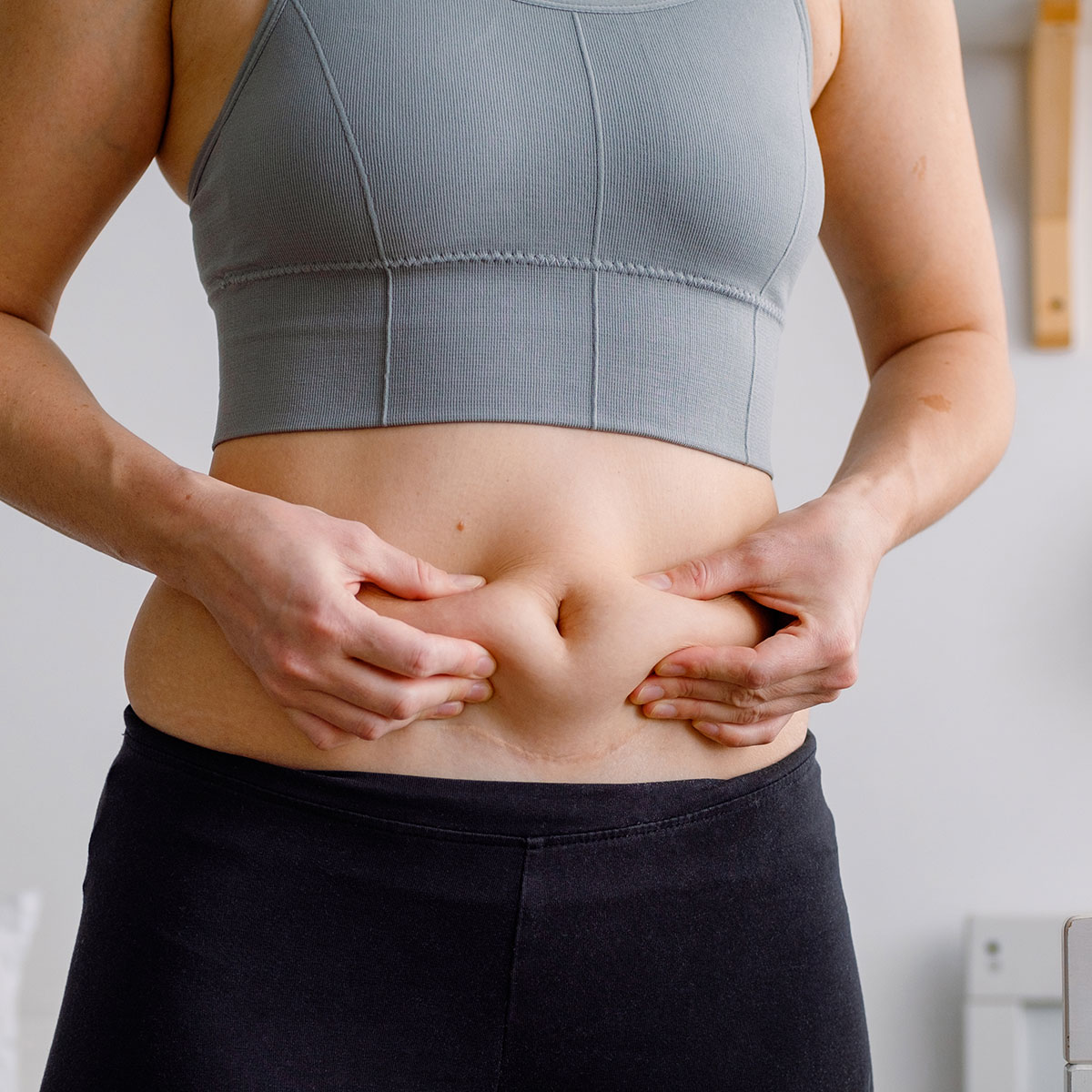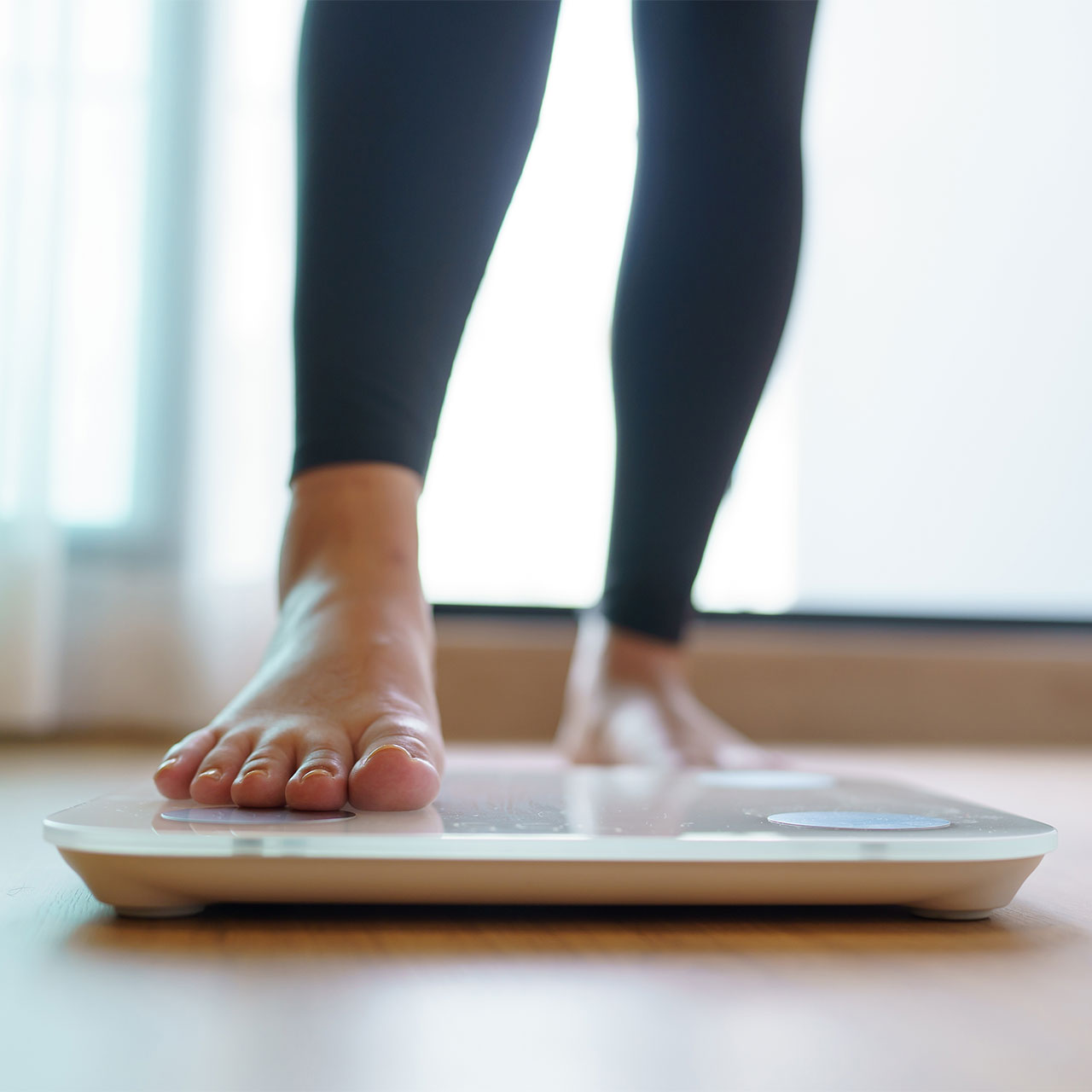Sound familiar? Summer’s here and you still have some pounds you need to shed. A great way to lose substantial weight fast is with cardio exercise. There are many impactful cardio exercises like running, circuit training, yoga, and weight training—the list goes on and on. Of course, the best cardio workout is going to vary from person to person. But, since consistency is key in fitness, the best exercise for you is what you can do every day without getting bored.
One enjoyable and weight loss-friendly cardio you can try is bicycling. It’s a great workout because it burns calories, builds muscles, and it can be enjoyable so you can consistently workout out. Plus, it’s low-impact cardio, which means it gets your heart rate up slowly and causes less pressure on your joints.
But, how many miles do you have to bike to lose weight? To learn more, we spoke with John Swanstrom, a cycling expert, amateur mountain bike racer, and founder of Cyclist’s Authority. He says to lose substantial weight, you should cycle at a moderate pace of 12-14 miles per day or about 84-98 miles per week to aim to lose substantial weight, or 1 to 2 pounds per week. But, if you are just starting out, it’s important to listen to your body and avoid overexerting yourself. So, first aim for 5 miles a day, or about 35 miles per week. Read on to learn more about Swanstrom’s insight about cycling and the best way to start for newcomers.


How To Lose Weight By July
First things first, let's determine if it's actually possible to lose weight by July. Swanstrom answers, "Yes, it's definitely possible to lose weight in that timeframe, especially if you incorporate regular exercise such as cycling into your routine. Healthy weight loss is usually defined as losing 1-2 pounds per week, so over the course of 30 days or approximately 4 weeks, you could aim to lose around 4-8 pounds." However, it's also crucial to remember that weight loss is not just about consistently working out, it's also about maintaining a healthy diet.
"Eating a balanced diet that's low in processed foods and high in fruits, vegetables, lean proteins, and whole grains can help to create a calorie deficit, which is key for weight loss," he warns. "Remember, everyone's body is different and the rate at which you lose weight might differ from others. Please consult a healthcare professional or a registered dietitian for a more personalized plan."
Swanstrom provides a few tips to get started on your weight loss journey. First, he says you should start cycling regularly to see substantial results. "The exact amount of weight you can lose from cycling will depend on many factors, including your current weight, the intensity and duration of your workouts, and your diet. A general rule of thumb is that you can burn approximately 400-600 calories per hour of cycling, depending on these factors," he recommends.
And when it comes to diet, he says, "Try to reduce your intake of high-calorie, low-nutrient foods. Instead, eat a balanced diet that includes plenty of fresh fruits, vegetables, whole grains, lean proteins, and healthy fats. Drink plenty of water throughout the day, especially before and after your cycling workouts." Swanstrom also emphasizes the importance of getting enough sleep. "Sleep is often overlooked, but it's critical for recovery and maintaining a healthy metabolism." At the end of the day, the key to long-term weight loss is consistency. So, be sure to stick to your cycling routine and your healthy eating habits—even after you've reached your weight loss goal.

Cycling Is A Low-Impact, Enjoyable Cardio That Burns Calories And Builds Muscle
Swanstrom recommends cycling as a way to lose weight for a number of reasons. As a general rule, the faster you cycle, the more calories you'll burn. "Cycling is an aerobic exercise, which is beneficial for burning calories. Depending on your speed and intensity, you can burn between 400-600 calories per hour of cycling. This can help create a calorie deficit, which is essential for weight loss. Regular cycling can help to improve your overall fitness, which in turn can increase your metabolic rate. This means you will burn more calories even when you're not exercising." he explains.
Cycling is also a low-impact exercise that builds muscle. "Unlike some other forms of exercise, cycling is low impact, which means it's easier on your joints. This can be beneficial if you're carrying a lot of extra weight or if you have joint issues that make high-impact exercises difficult," Swanstrom notes. "While it's primarily a cardiovascular exercise, cycling also helps in building muscles, especially in the lower body—your calves, thighs, and glutes. Muscle burns more calories than fat even when at rest, so increasing your muscle mass can help you lose weight."
The best part? Cycling is fun and great for all fitness levels! "One of the benefits of cycling is that it's suitable for all fitness levels. Whether you're a beginner or a seasoned athlete, you can adjust the intensity to fit your current fitness level and desired calorie burn," he concludes. "Many people find cycling to be a fun activity, which can make it easier to stick to in the long term." Plus, cycling is a practical mode of transportation, so you can incorporate it into your daily routine like going to work or the grocery store to burn more calories throughout the day.

Aim For 84 To 98 Miles A Week To Lose Weight By July
Swanstrom says the amount of cycling you need to do each week to lose weight depends on a variety of factors like your current weight, diet, metabolism, and intensity of cycling. But, for the average person, he recommends this general guideline. "As a rule of thumb, you can expect to burn around 400 to 600 calories per hour of cycling, depending on your weight and the intensity of the cycling. To lose a pound of body fat, you generally need to burn about 3500 calories. So, if your goal is to lose 1 pound per week (a healthy and achievable goal), you'll need to create a calorie deficit of about 500 calories per day," Swanstrom advises.
He continues, "If you're relying solely on cycling for this, that would mean about an hour to an hour and a half of cycling per day, depending on your intensity and weight. To put it in terms of distance, if you cycle at a moderate pace of 12-14 miles per hour, you would need to cycle for about 12-14 miles per day or about 84-98 miles per week to aim for a weight loss 1-2 pounds per week." If this may seem like a lot for you as a casual cyclist, we recommend aiming for 5 miles a day, or about 35 miles per week to avoid overexertion and injury.

How To Start Cycling For Weight Loss
Swanstrom also has some tips for women over 40 who want to start cycling. He first says that you should get a bike fit and learn the rules of the road. "Make sure you have a bicycle that's the right size for you. A bike that is too big or too small can be uncomfortable and may cause injuries," he notes. It's also crucial that you adjust the seat and handlebars to your height. "Wear a helmet and reflective gear for visibility. If you're cycling on roads, follow the rules of the road, including signaling your turns and stopping at red lights and stop signs," Swanstrom adds.
Of course, if you're just starting to cycle for exercise or returning after a long break, he recommends you start out slow and listen to your body. "Don't rush into long, strenuous rides if you're new to cycling or getting back into it after a long break. Start with short, easy rides and gradually increase your distance and intensity as your fitness improves," he says. You should pay attention to how your body responds to the exercise. "If you feel any discomfort or pain while cycling, stop and rest." Remember, it's okay to take breaks when you need them!
As Swanstrom said above, if you really want to lose weight, you should also be eating well and staying hydrated. "Drink plenty of water before, during, and after your rides, especially in hot weather. Fuel your body with a balanced diet that includes plenty of fruits, vegetables, whole grains, lean proteins, and healthy fats," he advises. And, to prevent injury and optimize your weight loss plans, he says you should "include other forms of exercise in your routine, such as strength training and flexibility exercises." Experts agree that strength training after cardio is the best way to shed pounds faster.
At the end of the day, the key to weight loss and fitness is consistency. "Try to get out and cycle several times a week, even if some rides are shorter or slower than others," he says. And, you should make sure you're having fun if you really want to lose substantial weight. "Choose routes you enjoy and make your rides a fun part of your day. You might explore new areas, cycle with friends, or enjoy the solitude of a solo ride," Swanstrom adds. A great way to "provide motivation, companionship, and guidance as you start your cycling journey" is by joining a cycling group!
The Bottom Line
So, Swanstrom says that it is possible to lose substantial weight by July if you start cycling today. He recommends cycling at a reasonable pace of 12-14 miles per day or about 84-98 miles per week to lose weight. But, if you are just starting out, it's important to listen to your body and avoid overexerting yourself—first aim for 5 miles a day, or about 35 miles per week. And remember that you also need to eat healthy, stay hydrated, and get plenty of sleep to really see substantial weight loss.


























